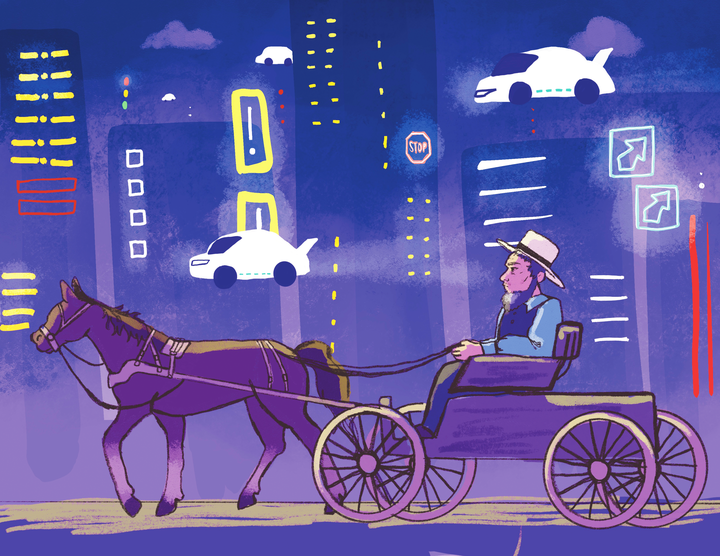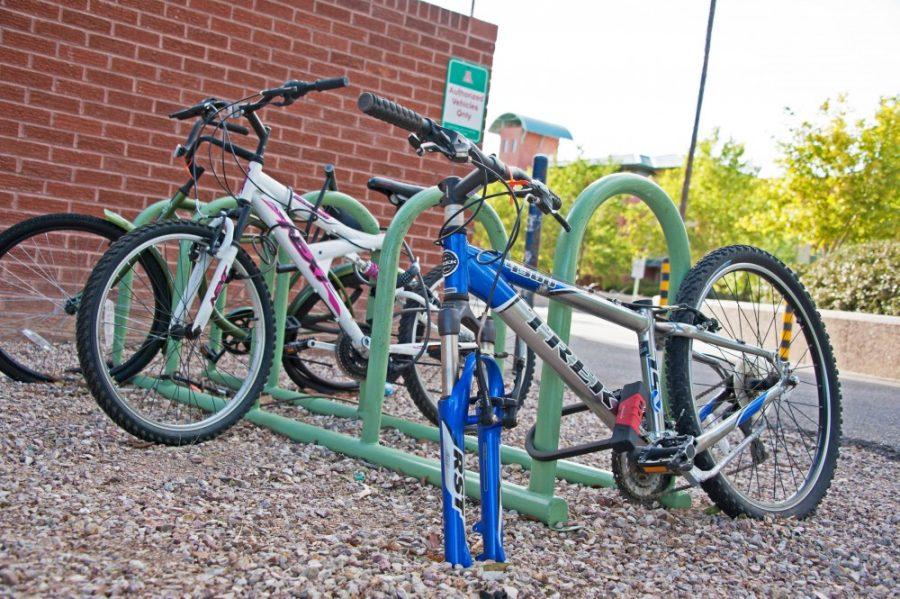Autonomous ground vehicles, better known as “self-driving cars,” are the future of transportation. They will prevent thousands of accidents caused by distracted or impaired drivers, cut down on commute times and offer passengers the chance to work, read or relax while on the road.
This all sounds great, but there’s a catch. You’ll probably never get to own one.
As it stands, vehicular autonomy isn’t for you and me. It’s only for those with enough money to throw at the expensive technology.
“I think the biggest constraint is going to be the price point,” said Jonathan Sprinkle, associate professor in the University of Arizona Department of Electrical and Computer Engineering and recent NSF CAREER Award winner. “Today, most vehicle manufacturers are quibbling over 10 cent increases in parts, so the addition of a $10,000 sensor is just not going to happen.”
When most of us don’t even upgrade to the car model with leather seats and a sunroof, can we really expect that the average consumer is ready to shell out well over $10,000 more for an autonomous vehicle?
Sadly, no — it won’t be consumers who get the chance to own the world’s first fully autonomous vehicles. It will be companies.
Google recently filed a patent for a system that offers free taxi rides in their self-driving vehicles. They are free only because the service is funded by advertisements from companies desperate for our attention.
Daimler, the parent company of Mercedes-Benz, unveiled the world’s first self-driving semi-truck in Nevada this summer. Their technology will completely alter the way we send goods across the country, a welcome change as the shipping demands from online shoppers increase continuously.
On Tuesday, the College of Optical Sciences announced its collaborative effort with ride-hailing behemoth Uber to research mapping test vehicles and safety technology.
While announcing the new effort, Gov. Doug Ducey affirmed, “All Arizonans stand to benefit from embracing new technologies, especially when it means new jobs, new economic development, new research opportunities and increased public safety and transportation options for our state.”
The news and government support has spurred excitement and discussion about the possibility of the partnership leading to further research and development of Uber’s own autonomous taxi fleet, maybe even in Arizona.
With all that said, car ownership is still an integral part of our personal lives. We take pride in our vehicles: fixing them up ourselves, meticulously washing them and eventually passing them on to our children and grandchildren. For many, driving our own cars is a pleasure and a pastime.
Autonomous vehicles will diminish that fundamental part of American life.
In the coming decades, more and more of us will forgo the hassle of car ownership for the convenience of simply hopping in a self-driving taxi whenever we need to travel. The car will shuttle us to our destination, drop us off and zip away to find its next customer.
And while that experience may be lacking the sentimentality of cruising the streets with one hand on the wheel and the other hanging confidently out the window, our future will be much brighter if we embrace the change.
Imagine a world in which no one owns his or her own car. Cities can turn old, unnecessary parking lots into parks and community centers. Our houses won’t need garages, giving everyone more usable square footage in their homes. Resources won’t go to waste in manufacturing cars that sit, unused, for 95 percent of the day. Accidents will become a thing of the past, and current shockingly high auto-fatality rates will finally plummet.
All of this might sound a bit idealistic. But it’s not unrealistic.
This hypothetical world could very well soon become our reality. However, to reap the benefits autonomous vehicles have to offer, we need to first be willing to let go and allow Google, Uber and the like to take the wheel.
Follow Graham Place on Twitter.








